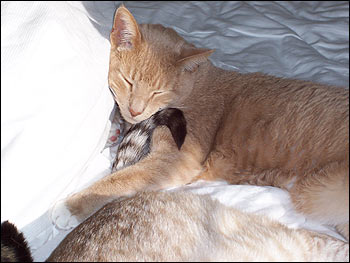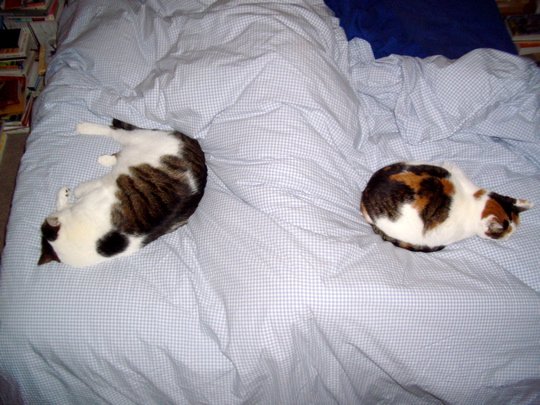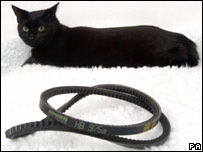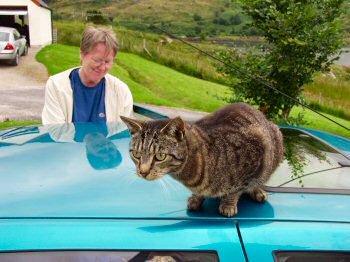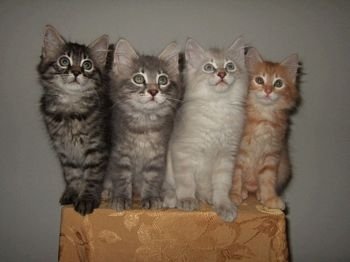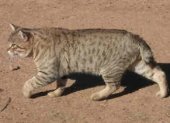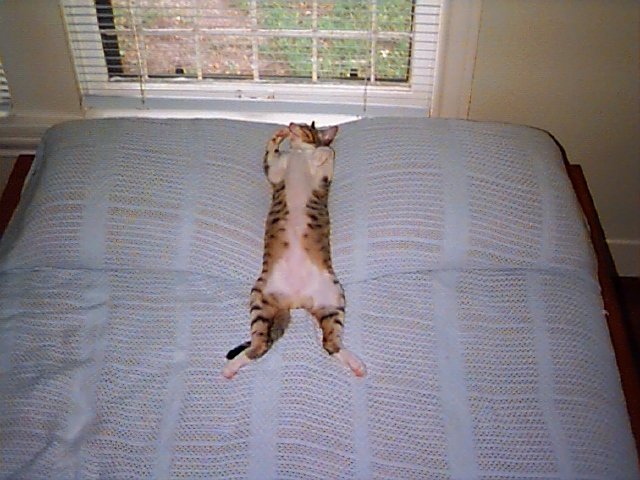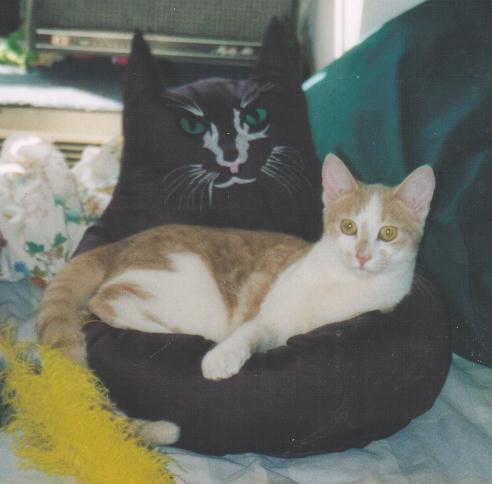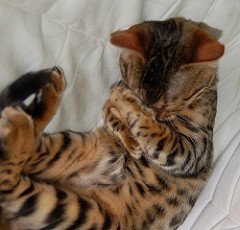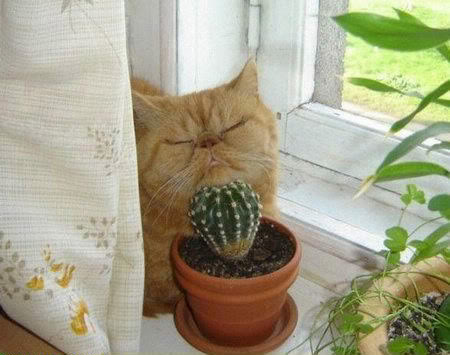asalaams ok deadly serious question here....i have a crazy phobia of cats
...
written by
Fiona Hill
What are the effects of having a phobia?
People will try to avoid the situation or object that triggers their phobia, as far as possible. This is easier for some than for others. To what extent their life is affected will depend on the nature and severity of the phobia.
Someone with a phobia of cats might not want to touch one; another might not tolerate being in the same room, a third might be unwilling to see a picture of the animal. It's even possible for just the mental image of a cat to cause terror, in severe cases. This presents huge difficulties.
What can I do about it?
Many people don't seek professional help for phobias, but develop coping strategies and self-help techniques themselves. (See What can I do to help myself? further down.) Alternatively, you could visit your GP, who can also refer you to a psychiatrist or psychologist, so you can find out what treatment might work for you. Or you might prefer to find your own therapist or source of help. There is no right or wrong way to feel or thing to do. Different things work for different people.
Talking treatments
There are different kinds of talking treatments, including counselling, psychotherapy, and cognitive behaviour therapy. Getting these treatments on the NHS may depend on where you live. It might be available through your GP surgery, or he or she may be able to refer you for treatment.
You could also find your own therapist or source of help. (For more information, see Useful organisations, further down.)
Counselling provides support, usually on a once-a-week basis, helping people deal with specific problems. Psychotherapy tends to be quite a long-term and in-depth talking treatment, with the focus on helping people find and deal with the causes of their distress, as well as developing their own coping strategies.Cognitive behaviour therapy (CBT) identifies connections between people's thoughts, feelings and behaviour, and develops practical skills to manage them. This has proved very useful to those who experience the symptoms associated with phobias.
Behaviour therapy
Psychologists can offer behaviour therapy, which is a practical form of treatment that gives you practice in facing your fears. It's also known as exposure therapy or desensitisation, because it involves being exposed to whatever you most fear, very gradually, in order to reduce your anxiety. There is a suggestion that a combination of behaviour therapy and appropriate medication can be beneficial.
What help can I get in the community?
If your GP refers you to psychiatric services in England and Wales, you should have your needs assessed and care planned within the Care Programme Approach (CPA), or its equivalent. This should provide you with an assessment of your social and health care needs, a care plan, a care coordinator and a regular review. You are entitled to say what your needs are and to have an advocate to speak for you, if you want one. This assessment might also include the needs of carers and relatives.
What can I do to help myself?
There is no one way of coping with phobias that is guaranteed to work. Different strategies work for different people. Some people might prefer to work on their own self-help programme, while others prefer to get involved in self-help groups or to work with a psychologist, psychiatrist or therapist within an agreed treatment plan – or to do a combination.
Self-help programmes
You can choose to work to your own programme, which could includes cognitive behaviour therapy techniques. The organisations and the books listed below should be able to help you devise one to suit. You could work the programme on your own, with someone close to you or with a careworker, if appropriate, or you could involve a therapist.



